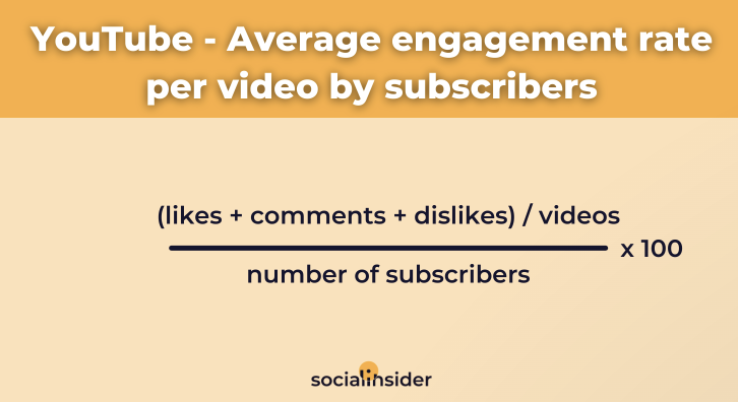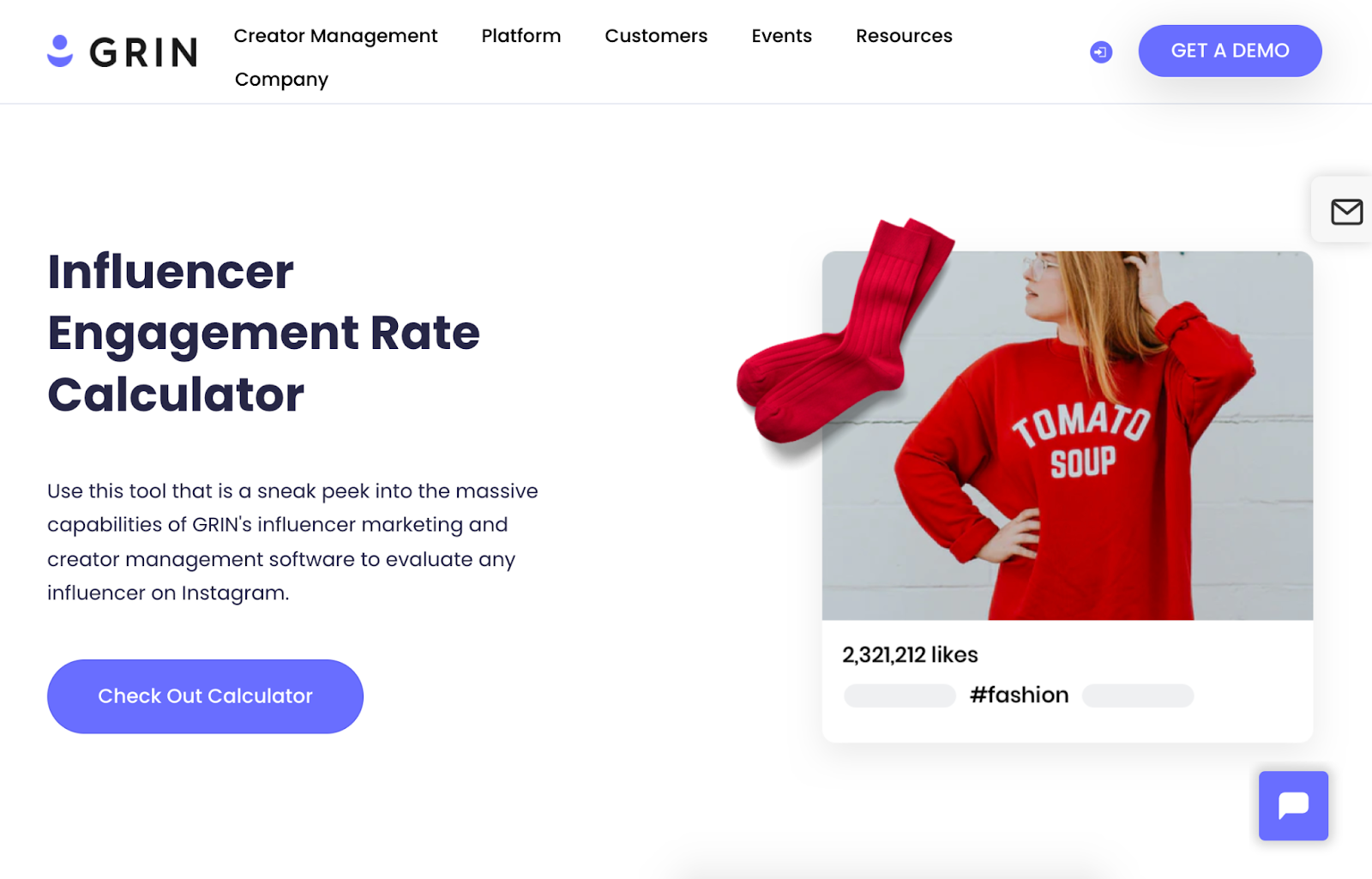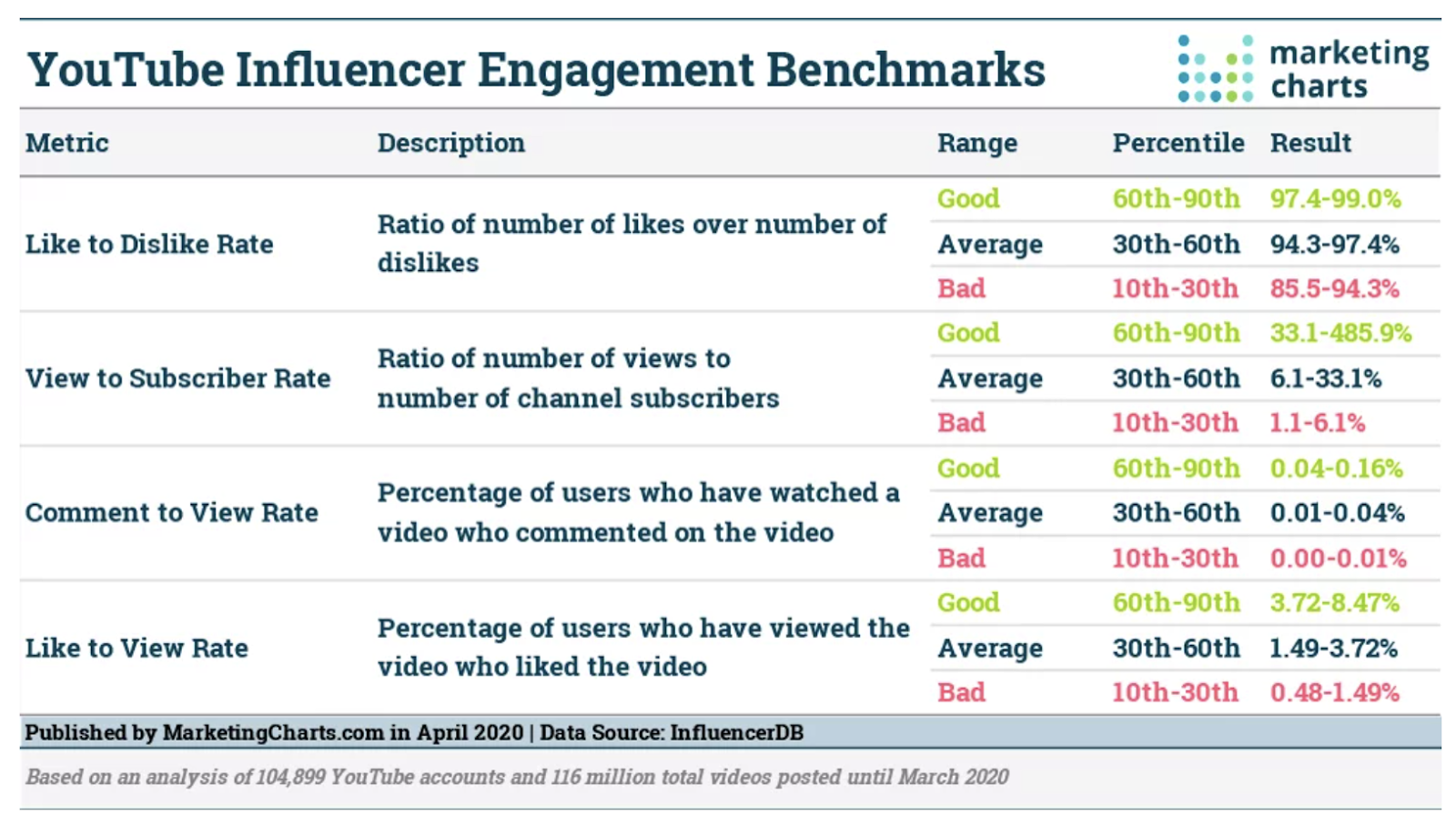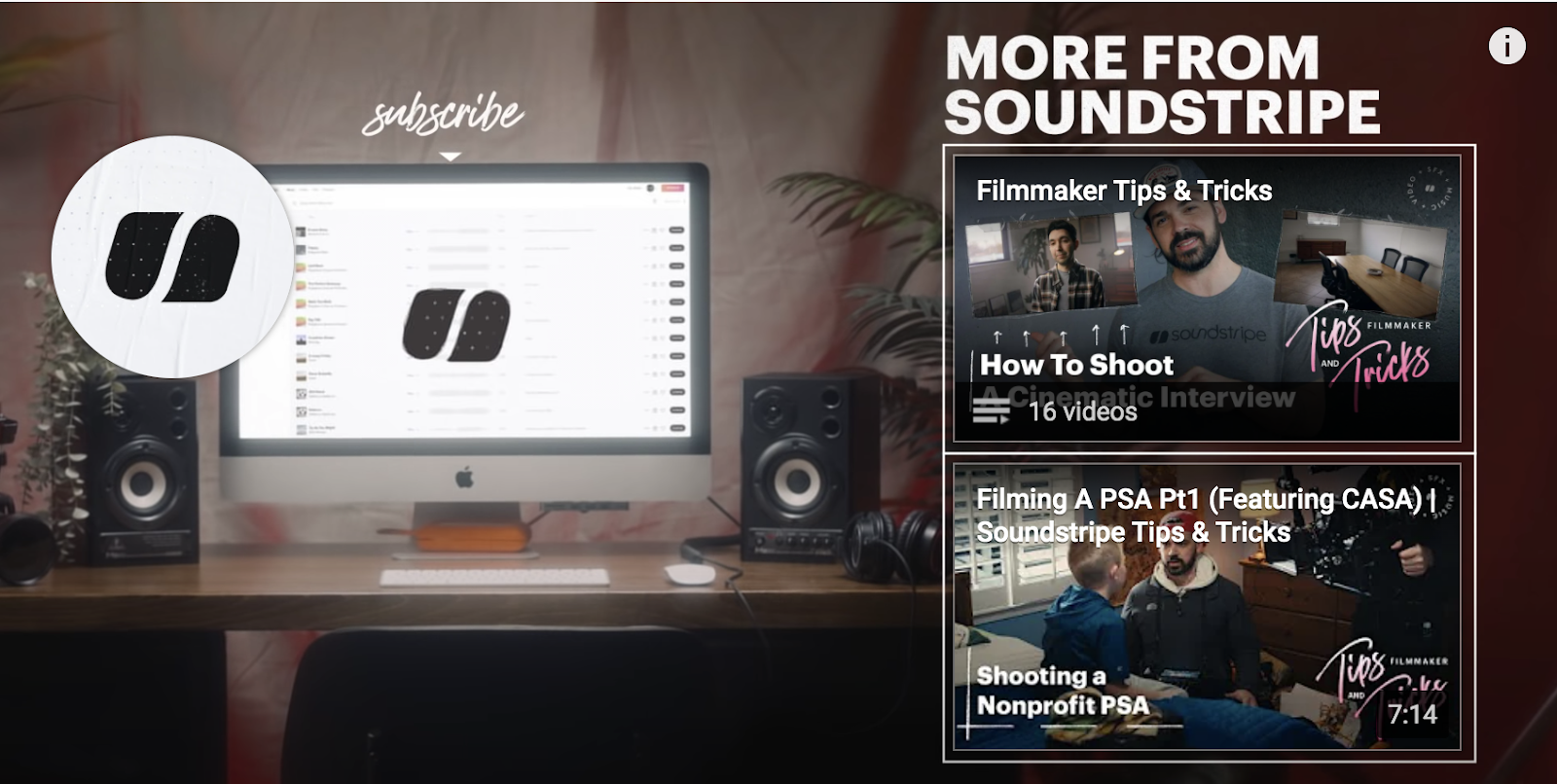How to Boost Your YouTube Engagement Rate & Audience Growth
Mackenzie Scott

Jan 3, 2022
It’s easy to get trapped in a comparison cycle when you’re starting or growing a YouTube channel — especially since your channel is one of 38 million competing for views.
But, fortunately, the way that your channel stacks up against other YouTube channels doesn’t matter as much as you think.
Even though you can learn a lot from competitor audits, this data doesn’t tell you anything about how you can improve your audience engagement and outreach. As cliché as it may sound, the better comparison is between the current and past versions of your own channel.
If you’ve been experiencing a plateau in subscriber growth and engagement recently, this kind of data isn’t always easy to face. But for better or worse, keeping track of your analytics over time helps you fix what doesn’t work and improve what does.
Contrary to what you might think, boosting engagement doesn’t get easier as your channel gets bigger. (In fact, it’s quite the opposite.) This guide will explain why that’s the case, then share seven tips for increasing YouTube engagement as you build up your subscriber base.
For content creators on YouTube and other social media platforms, one of the ultimate (albeit ongoing) goals is to have a high subscriber count. More subscribers means more engaged viewers, right?
Well, not exactly.
It’s actually been proven that content creators with smaller audiences — 5,000 to 100,000 followers — typically have higher engagement rates than creators with millions of followers. (For example, macro influencers generate less than 5% engagement; micro influencers generate more than 2x that number.)
When you take a closer look, it makes sense why the statistics are what they are.
YouTubers at the micro influencer level are easier to connect with and relate to than those at the macro and mega influencer levels. So, when new viewers become subscribers, that feeling of connection leads to increased trust and interest — which in turn leads to higher YouTube engagement.
As your subscriber base gets bigger, it becomes harder to maintain that same level of engagement for a few reasons:
The irony of the situation is clear: A high YouTube engagement rate helps you reach bigger and shinier milestones, but once you reach those milestones, engagement tends to take a dip.
With the right strategies in place, you stand a good chance at maintaining an upward engagement trend — but it’s not easy and it takes time. Before sharing seven of those strategies, here’s a rundown on the important engagement metrics for YouTube.
Anytime you want to check the engagement performance of a specific video (or your channel as a whole), you can calculate the YouTube engagement rate by gathering data on the following key metrics:
Essentially, what you’re doing is dividing the combined number of viewer interactions (i.e., likes, comments, and shares) by the number of subscribers and multiplying it all by 100. For visual reference, check out this formula from Socialinsider:

While these metrics help you determine how engaged your audience is, these aren’t the only factors you should be paying attention to on a regular basis.
For YouTuber Adam Bell, three of the most valuable metrics to keep tabs on are the click-through rate on thumbnails, average view duration, and video performance over an extended period of time.
Bell fine-tuned this list after realizing that he was obsessing over the analytical side of YouTube content creation:
“I used to be super invested in analytics, to the point where I would spend hours after publishing every video just looking at the numbers. I realized there was only so much I could learn from looking at the numbers, and now I have dialed it back to only analyzing a few metrics once videos are uploaded.”
So — while likes, comments, shares, and subscribers are important factors — you can assess your channel’s overall performance through other metrics as well.
If you don’t want to manually calculate your engagement rate on YouTube or another social media platform, you can use a tool like Grin (featured below) to generate this data:

When you break it down, an engaged audience is an invested audience. If you have a high engagement rate, this means that viewers are leaving comments, subscribing to your channel, and watching your content from start to finish.
They are engaging in every way possible.
Whether you’re just starting out your YouTube channel or not, increasing your engagement rate and tapping into YouTube monetization are always top-of-mind. As you focus on growing your audience, there are seven steps that you can take to maintain and improve engagement on your channel.
Before doing anything else, you need to know your current engagement rate. This is where some do-it-yourself calculations or a tool like Grin pays off.
Once you know your baseline, you can then see where your engagement rates fall on the spectrum of good to bad by referring to the chart below:

Let’s say that your like to dislike rate is 97.4%, but your view to subscriber rate is only 6.1%. This could indicate that people enjoy watching your YouTube videos but don’t feel any incentive to subscribe.
Knowing this, you might create more in-video calls-to-action (CTAs) to encourage viewers to take that next step.
By calculating your current engagement rate and repeating this process over time) you can gauge how your channel’s performance compares to the average engagement rate. Then you can pick up on specific trends in audience engagement and make informed changes going forward.
It’s inevitable that your viewership demographics will change with time as more people discover and subscribe to your YouTube channel. As you grow your channel, your audience gets bigger and, as a result, less niche.
The challenge for many YouTubers is maintaining a close knit community feel with a large channel. (It’s easier to form connections with 10,000 channel subscribers than it is with 150,000 subscribers.)
Once you know the current standing of your engagement rate, shift your attention to your audience. What are their demographics? How do they engage with your content? Why do they choose to subscribe?
Audiences change, so the best thing you can do is monitor these changes and know who your audience is now — not just six months ago. By understanding your audience’s interests, you can give your growing channel a more personalized feel.
In order for more viewers to find and engage with your channel, you have to optimize. More specifically, you need to leverage YouTube SEO.
Search engine optimization (SEO) is the process of creating and fine-tuning content so that it ranks highly on search engine results pages (SERPs). YouTube SEO involves keyword research into popular video topics, title optimization, video tags, and more.
(For a full run down on YouTube SEO, check out this blog post.)
Part of improving your engagement rate is making great content that viewers want to engage with. And with some SEO research, you can narrow down on the topics that your viewers are interested in, then use specific keywords to make sure your videos show up in YouTube search results and suggested videos.
Let’s say that a first-time viewer lands on one of your YouTube videos, enjoys the content, and is interested in watching more. But then when they click on your YouTube profile, they see that you only post once every three months.
A sporadic and unpredictable upload schedule can be a major turn-off for viewers, and it makes sense why. Posting videos inconsistently can signal that your channel lacks structure and reliability. Viewers can’t predict when the next video will be posted so they might hold off on subscribing or look for a different channel in the same niche.
The best and easiest way to incentivize (instead of deter) new subscriptions is to upload on a consistent basis, whether weekly or biweekly. You could even argue that the frequency of your posts matters less than the consistency, because a fantastic video every other week is better than mediocre videos every other day.
Speaking of incentive, you can encourage and drive more engagement by adding CTAs to your uploaded YouTube videos. One of the best ways to do this is by including an end screen card with each video.
An end screen card is a 5-20 second promotional clip at the end of your video that gives viewers the option to keep engaging. Here’s an example of what this looks like:

In your YouTube outro, you could link to your subscribe button, a video playlist, a single video, website, or another channel. That way, a viewer can conveniently click-through to more of your content right then and there.
Want to learn more about end screen templates? Check out this blog post.
YouTube is a video sharing platform, which means that visual design and aesthetics matter. While YouTube SEO is great for getting your content in front of more people, a good video thumbnail design can help you hook them (and boost your YouTube engagement rate by 154%).
The thumbnail is your first opportunity to show off your channel’s creative style, but a good visual design goes beyond the thumbnail. Every element — channel logo, banner, profile image, end screen, etc. — embodies your brand identity as a YouTuber.
So, take time to develop and refine a channel design that viewers will be drawn to.
The great thing about YouTube content creation is that you don’t need a Hollywood-level production setup to create high-quality videos. You can make due with the budget and resources you already have.
To take your production value to the next level, it might be worthwhile to invest in a good (and cheap) vlogging camera and a softbox lighting kit. Whether you’re filming content in the same studio setup or not, great video quality and lighting go a long way in creating a better viewing experience.
It may take weeks or months to start seeing a significant lift in your YouTube engagement rate. (In allegorical terms, growing a YouTube channel can sometimes feel like you’re a tortoise racing against a hare, especially when you can see other channels growing faster.)
However, when you invest in your YouTube channel’s content and community, viewers will take notice.
If you have an unpredictable posting schedule, your channel’s metrics will probably reflect that in a negative way. But if you’re consistently uploading and optimizing videos that interest your target audience, you stand a better chance at converting more first-time viewers into long-time subscribers.
Hopefully, the seven steps outlined in this guide will be useful for maintaining and increasing YouTube engagement as your channel continues to grow.
If you’re interested in more YouTube-related content and looking to hone your skills as a content creator, check out some of these articles from the Soundstripe blog: